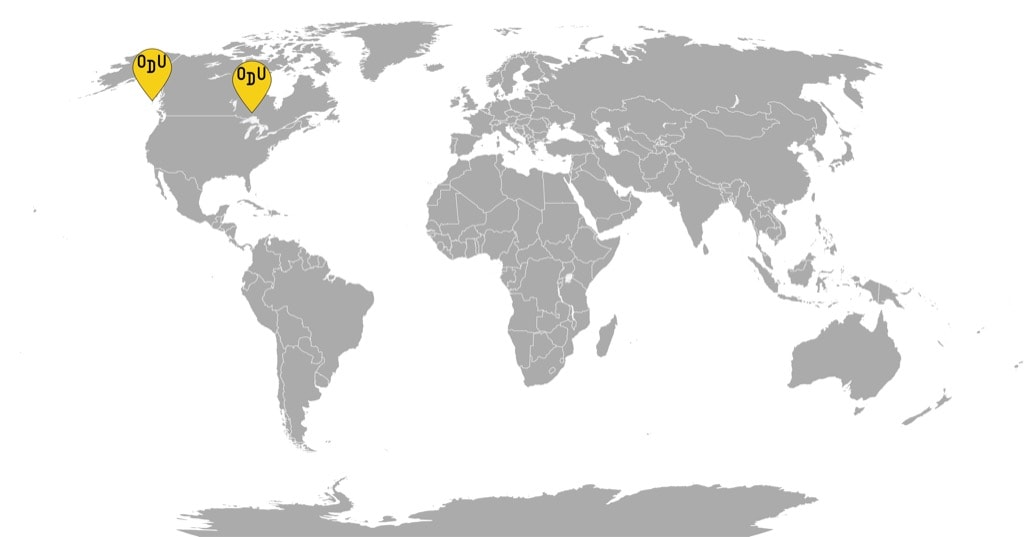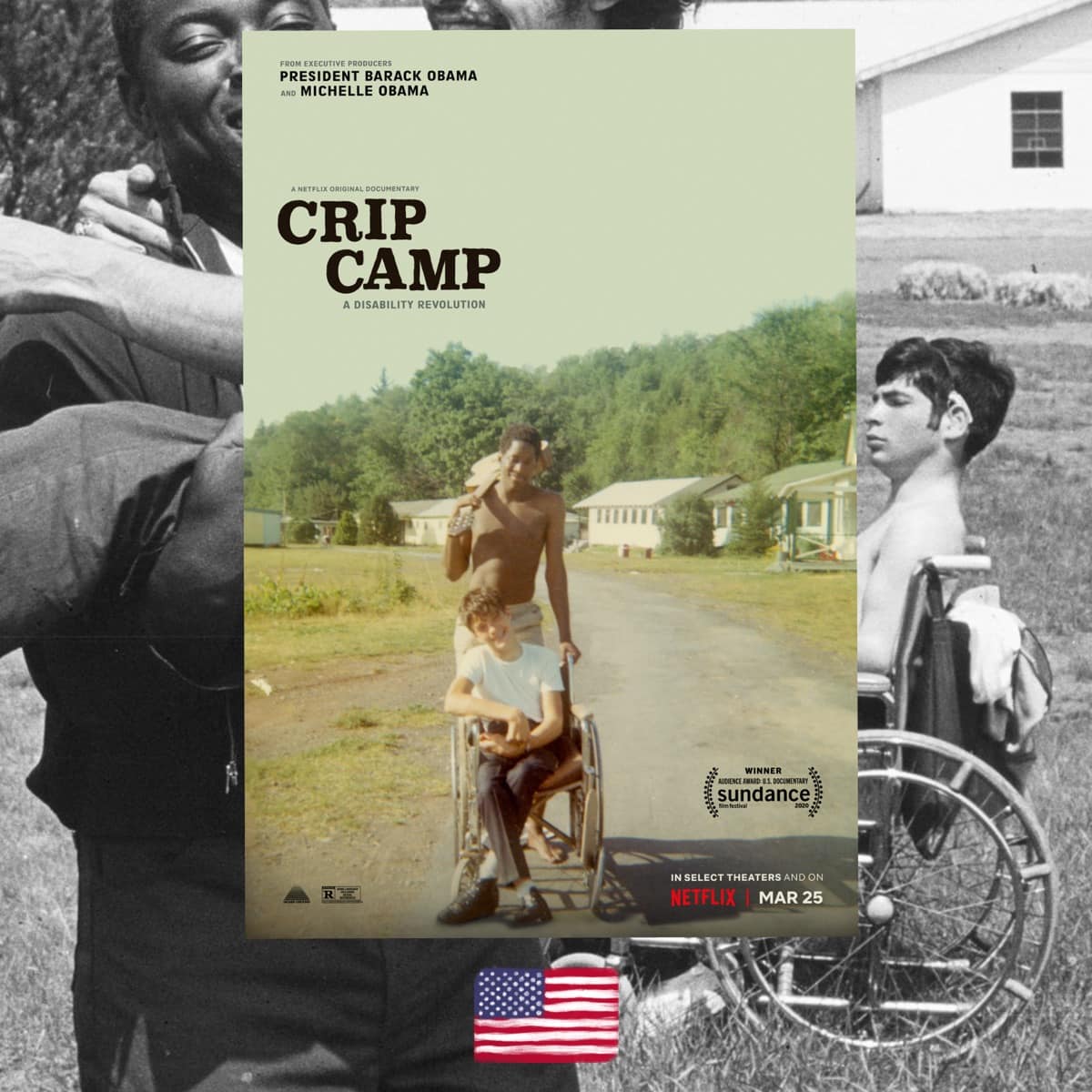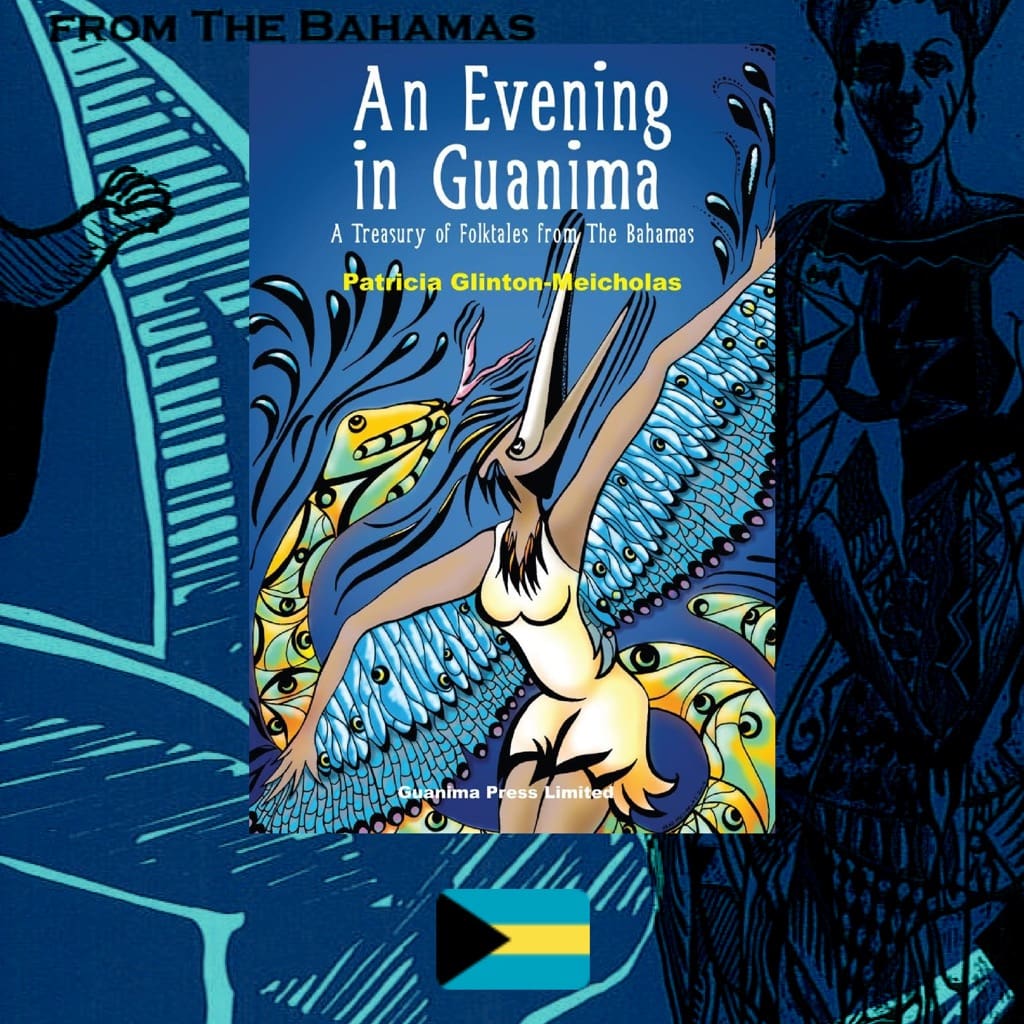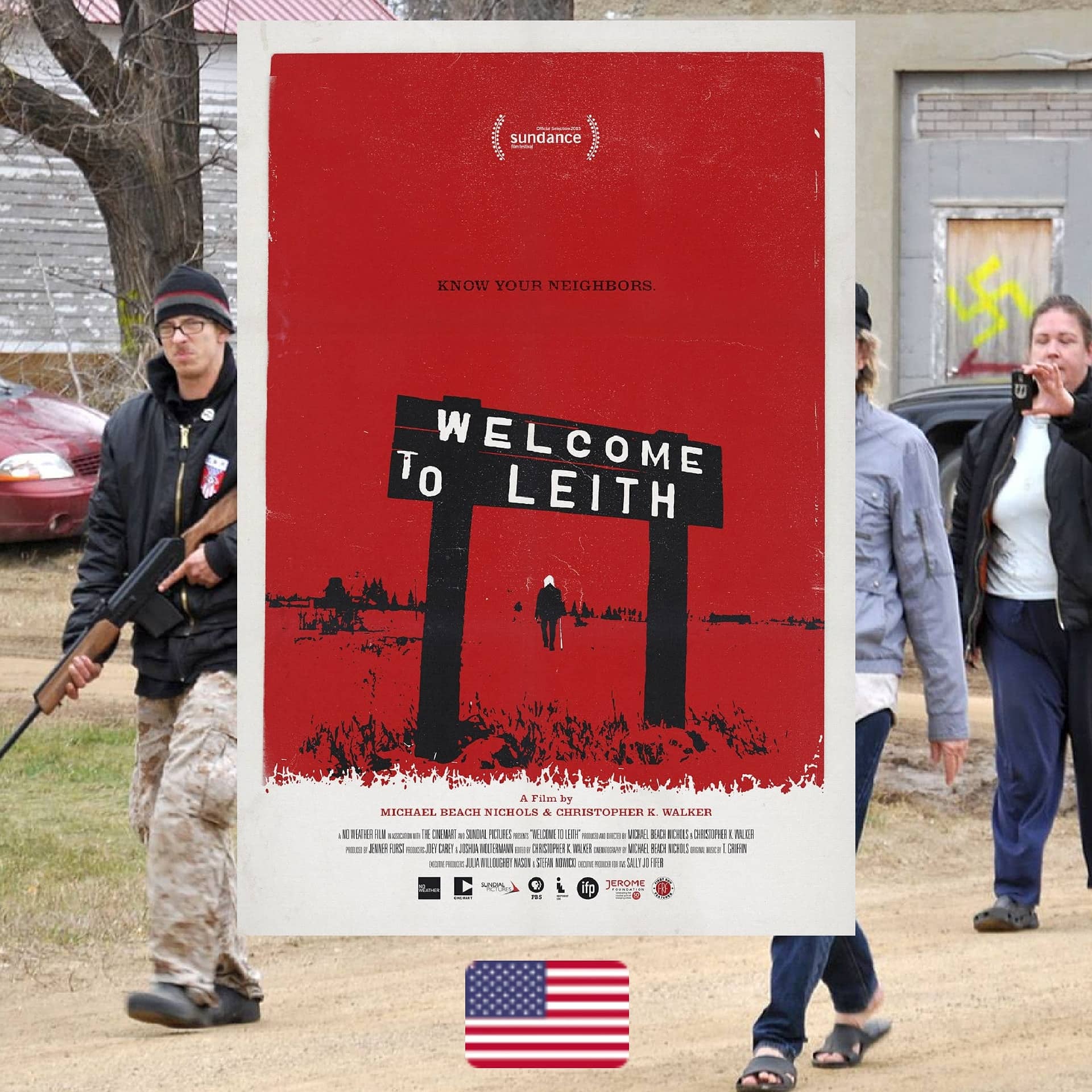Filmed with a predominantly indigenous cast and crew and fully in the endangered Haida language, this ethnographic horror is a force to be reckoned with and a magnificent trailblazing effort



FROM FIRST NATIONS PEOPLE and CANADA
WHAT IT’S ABOUT: In late 19th century British Columbia, two indigenous families gather together on the Haida Gwaii island for their annual reunion. Adits’ ii and Kwa are best friends, and when Kwa’s son dies as a result of Adits’ ii’s recklessness, Kwa’s whole world is shattered. Stunned by the result of his actions, Aditsi’ii runs into the forest. He stays in the wilderness throughout winter and, little by little, loses his humanity. He is not a man anymore, but Gaagiixiid, a beast from the Haida nation’s folklore who is driven to madness by hunger. As the new reunion approaches and the families come back to the island, will they be able to reclaim Adits’ ii’s humanity? And most importantly, will Kwa be able to forgive his friend?
WHO MADE IT: The film is a result of a fascinating endeavor by Haida community activists and UBC linguist Leonie Sandercock. Sandercock was researching the indigenous Haida language that was spoken by less than 20 people at the time of the film’s conception. She, two Haida brothers, Gwaai and Jaalen Edenshaw, and Graham Richard joined forces in writing the screenplay, based on interviews, research, and advice from the Haida community. The film was directed by Gwaai Edenshaw along with indigenous filmmaker of the Tsilhqot’ in nation, Helen Haig-Brown, and had a whopping 47 indigenous people working on the film out of total 58. Even though 41 out of these 47 were Haida, not all of them could speak the vanishing language. So the actors had to go through a language boot camp before filming.
WHY DO WE CARE: Indigenous Languages and cultures are disappearing all across the world at an alarming rate. And few of them get to have such amazing experiments conducted with them. In September, a linguist and philosopher of Udmurt heritage self-immolated in Russia. He did this in response to a law revoking the obligatory study of indigenous languages in the colony republics. In Albert Razin’s opinion, the law would deem these languages obsolete.“Edge of the Knife” was born of a similar concern. Here the erasure is channeled into unadulterated, very palpable terror—that is, thankfully, only fictional. The genre of “ethnographic horror” is relatively new, and it seems to be getting its momentum— I will soon post a review of another work in the genre, the masterful “Nightingale” from Jennifer Kent, the director of “The Babadook.” And that’s about time because as cinema advances, artificial spooks become less and less effective. We’re back to square one, almost about to be scared by the train arriving at the station because it’s something that can actually kill us. And what could be more terrifying that colonization and capitalism, or the obliteration through them of cultures? But the best thing is that “ethnographic horror” is a genre of many practical benefits. For instance, the filming of “Edge of the Knife” became proof that teaching a modicum of Haida language was possible within a month’s range. It also widened the number of language carriers with the newly trained actors, brought jobs to the tribe, both in this film and others, and raised awareness about the problems of the Haida Nation, and the ecological circumstance of Haida Gwaii.
WHY YOU NEED TO WATCH: A rare window into a fleeting culture, “Edge of the Knife” is a film of raw, primal power. Because it was made with reverence to the folk beliefs of the Haida people and without much conformity to the tenets of filmmaking, the result is a refreshing, profoundly harrowing experience. I barely get scared or impressed by horror films because they’re formulaic and predictable, but I found the enigmatic darkness of this film’s plot to be terrifying. It also has the qualities which mass-produced horror has been trying desperately to imitate in vain: the integrity of the performance. Because “Edge of the Knife” was made using a mostly amateur, tribal cast, it is drenched with the nightmare of a disappearing civilization, and as the actors, especially Tyler York in the role of Adits’ ii, follow their scripts, their performances remain alert, curious, and pure. A real treat for anyone tired of the artifice of contemporary culture and a must for anyone who wants to exercise the political power of their viewing.
Edge of the Knife (SGaawaay K’uuna), 2018
Directors: Gwaai Edenshaw and Helen Haig-Brown
For more content like this sign up for our weekly newsletter
WATCH THE TRAILER















